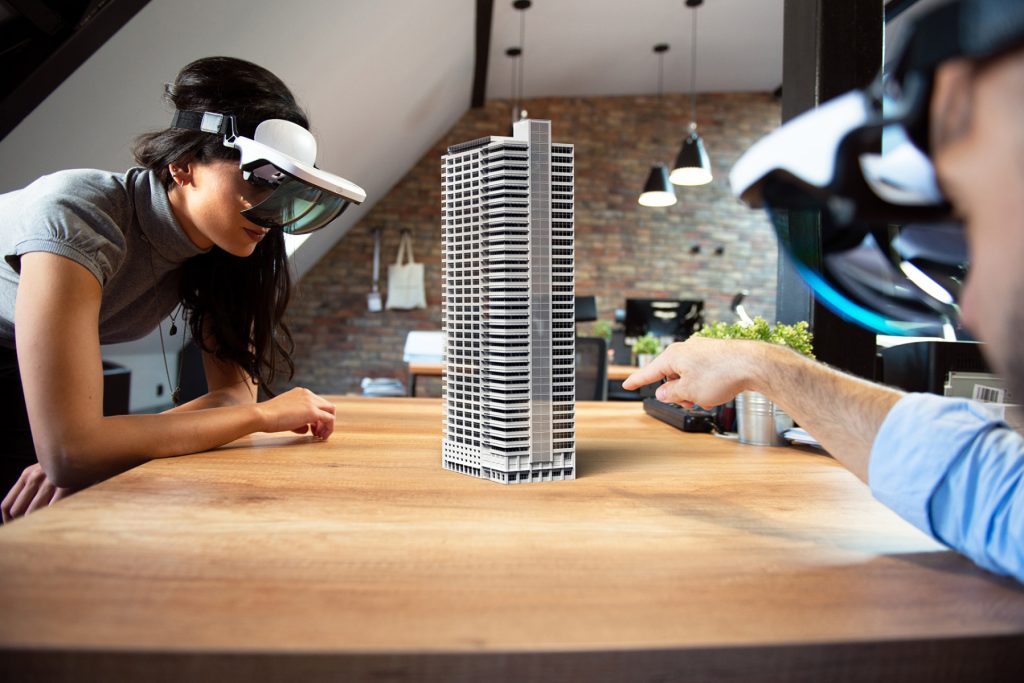BT launches testbed to develop immersive experiences
October 3, 2023

BT Group has launched a new testbed to develop and trial immersive experiences in the areas of work, home, health and entertainment.
Inviting technology partners and customers to collaborate, the testbed brings together enabling technologies with EE’s 5G network and private 5G networks. It will explore how new capabilities such as network exposure functions, cloud-rendering and enhanced localisation best work with 5G networks to support the growth of mixed reality use cases.
“Network optimisation is a fundamental enabler for immersive experiences that will require high bandwidth, high capacity, and ultra-low latency networks which can be dynamically configured for the demands of different extended reality service applications. As the UK’s leading provider of fixed and mobile networks we’re delighted to invite others in the ecosystem to work with us, using the testbed to explore future use cases for consumers, enterprise and industry sectors,” commented Gabriela Styf Sjoman, MD Research and Network Strategy, BT Group.
BT Group says it will look to understand how networks, platforms, services and apps can be optimised for cloud-GPU rendered extended reality immersive experiences delivered over EE’s public and private 5G networks. With the support from a range of solution providers, the testbed will seek to support a broad range of extended reality use cases, with a focus on the use of augmented reality which enables blended realities – mixing virtual content with the real-world.
“With this testbed we’re looking to understand what future extended reality immersive experiences might require from network service providers like BT Group, platform operators and application service developers. These requirements will obviously vary depending on the particular use case. At the extreme we might need to support a completely cloud rendered immersive experience which would require high-bandwidth and low-latency networks paired with new facilities such as network exposure functions that would enable a platform operator to request additional capabilities such as edge GPU compute or symmetric bandwidth provision that would optimise the end-user experience. By understanding the demands of future service use cases – networks, platforms and applications can be optimised to provide the best possible quality of experience for users,” added Andy Gower, Head of Immersive Content & Comms Research.
Whilst the platform is still in testing phase, it has already enabled demonstrations of use cases for car retail, education, sports broadcasting and medical imaging. The company recently, at its Sustainability Festival, showcased an extended reality digital twin of Adastral Park – its global R&D headquarters. Using 5G, cloud-GPU rendering and hybrid localisation, users can view data such as power usage of buildings and equipment by integrating live data streams from Johnson Controls International.
Digital twins are a core building block of immersive experiences. They can be used to collate and present real-time data from physical systems in an immersive virtual presentation, enabling real-time monitoring and two-way control, in addition to modelling, simulation and analytics of complex real-world systems.
Future immersive experiences will be developed collectively by an ecosystem of content providers, hardware, software, platform developers, underpinned by strong technological foundations and enabling technologies. Success will depend on all parts of the ecosystem working together and BT Group says it looks forward to working collaboratively with others to explore what is possible.
